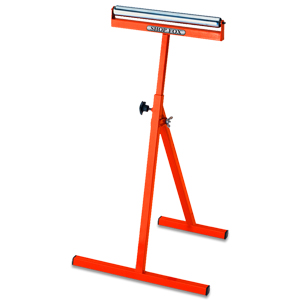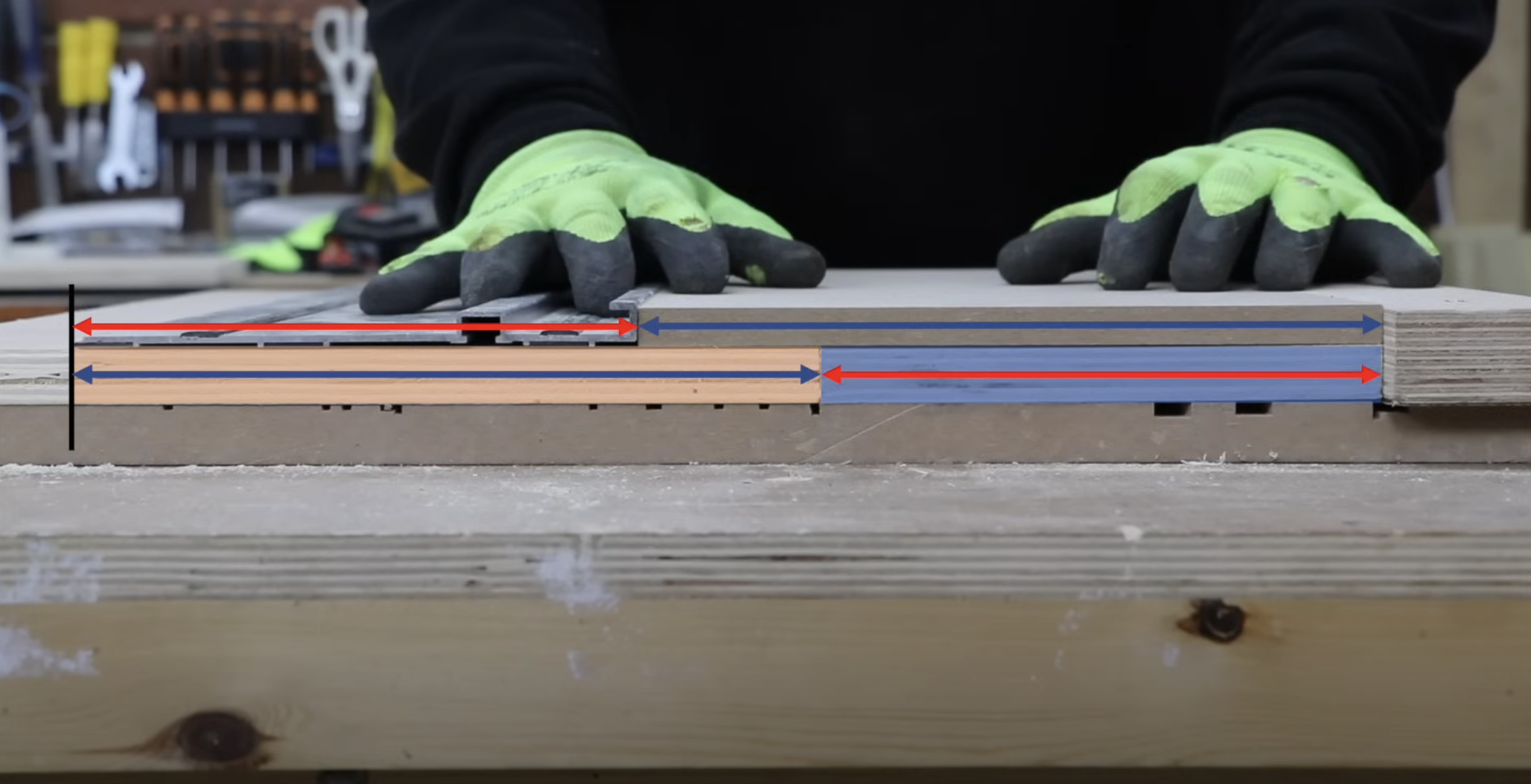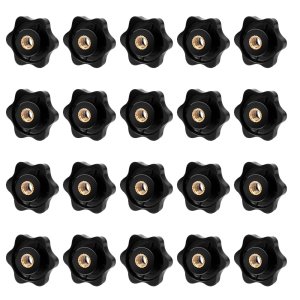Packard
Member
Woody Knotsensplintahs said:1/4 degree at 12 inches equals 0.052 inches
1/4 degree at 96 inches equals 0.419 inches
Thanks. I had no idea how to do the math. But your math validates what I was saying.
If you are ripping long pieces, you cannot rely on a square alone. You need to verify with a second measurement.
If I am using just one squaring arm, I’m using my 32” long track only, and typically cutting 12”, 16” and 22” long pieces. The results, if I work carefully, are almost always acceptable.
I originally bought the Festool track saw as a way to breakdown sheets of plywood to manageable sizes.
If Kreg had come out with their large capacity edge guides for circular saws a few years earlier, I probably would have gone with that instead of the Festool.
I see online that people are building entire kitchen’s worth of cabinets using those edge guides.
It was only later that I found that I could get sufficient accuracy to cut to finished sizes.
I still use the table saw if I am cutting multiple pieces of the same size. I find it much faster than the track saw in that case.



